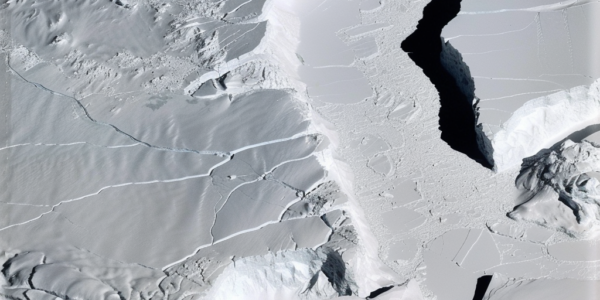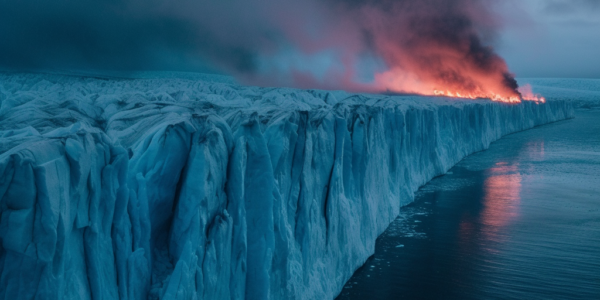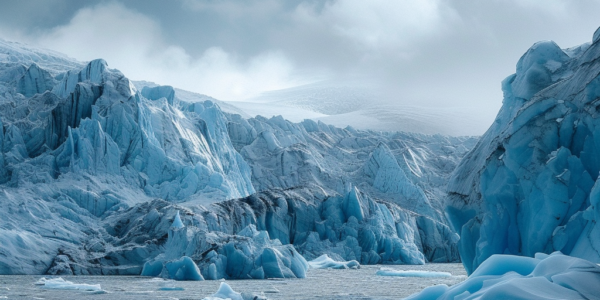Impact of Human-Induced Emissions on US Rainfall Patterns
A recent study by the Department of Energy’s Lawrence Berkeley National Laboratory reveals the complex interplay between human-induced greenhouse gas and aerosol emissions on rainfall patterns in the United States. While greenhouse gas emissions contribute to increased rainfall, aerosols have a long-term drying effect, with short-term impacts that vary with the seasons. The research emphasizes the significant role of aerosols in offsetting the expected rise in extreme rainfall and offers valuable insights into the intricate relationship between human-induced emissions and rainfall patterns.
Transforming Ocean-Climate Action in Canada
Anya Waite discusses the Ocean Frontier Institute’s efforts to address urgent ocean-climate challenges and the launch of the Transforming Climate Action program by Dalhousie University. The program aims to reduce uncertainty about ocean carbon sequestration, improve understanding of the ocean’s role in climate modulation, and develop science-based solutions for ocean-climate challenges.
Study Finds Clouds Disappear Rapidly During Solar Eclipse
A recent study by researchers from TU Delft and KNMI found that clouds disappear rapidly during a solar eclipse due to diminishing sunlight cooling the ground and slowing down the rising air responsible for cloud formation. The disappearing clouds may have implications for climate engineering ideas, partly counteracting the cooling effect of artificial solar eclipses. The study also highlighted the challenges of measuring solar eclipses from space and provided valuable insights for climate and atmospheric studies.
Ocean-Based Viruses and Climate Change
Discover how ocean-based viruses are being utilized to combat climate change by enhancing carbon capture and preventing methane release. Scientists are leveraging genomic sequencing and artificial intelligence to identify viruses integral to carbon metabolism and develop community metabolic models for improved carbon capture in the world’s oceans.
Scientists Explore Giant Space Parasol to Combat Climate Change
Scientists are exploring the potential of a gigantic space parasol to combat Climate change, as global warming accelerates. By blocking a mere 2 percent of the sun’s rays, Earth’s temperature could be reduced by a critical 1.5 degrees Celsius. This concept has evolved from speculation to serious scientific inquiry, with teams proposing various models and even planning to build a prototype. Critics argue the focus should remain on reducing emissions and removing atmospheric carbon dioxide, but proponents argue that every possible avenue must be explored to mitigate climate chaos. This sunshade wouldn’t replace the need for traditional climate action but could buy us time to implement sustainable solutions.
Study Reveals East Antarctic Ice Sheet May Be on Verge of Rapid Melting
A recent study has revealed that the Wilkes Subglacial Basin in East Antarctica may be on the verge of rapid melting, potentially leading to a significant rise in global sea levels. Researchers found that small temperature increases beneath the sheet could trigger a collapse, causing substantial ice melt. The findings underscore the urgent need for further research and monitoring of East Antarctica’s ice sheets to better understand the potential impacts of climate change on global sea levels.
Atlantic Ocean Current System Showing Early Signs of Collapse, Study Finds
A new report suggests that the critical Atlantic Ocean current system is showing early signs of collapse, raising concerns among scientists about potential implications for sea level rise and global weather patterns. The findings, published in the journal Science Advances, indicate that the Atlantic Meridional Overturning Circulation (AMOC), which includes the Gulf Stream, is at risk of faltering as a result of climate change.
Dangerous Climate Tipping Points Will Affect Australia
Learn about the potential impacts of global climate tipping points on Australia and the irreversible changes that could occur. Cutting fossil greenhouse gas emissions is crucial to limit warming and reduce the risk of triggering tipping points.
Research Suggests Global Decrease in Carbon Dioxide Emissions Caused Earth’s Longest Ice Age
Recent research from the University of Sydney suggests that Earth’s longest ice age, known as Snowball Earth, may have been caused by a global decrease in carbon dioxide emissions. The study sheds light on the significant influence of geological processes on Earth’s historical climate patterns and offers insights into the impact of human activities on carbon dioxide levels in the atmosphere.
Study Shows Global Warming’s Impact on Forest Carbon Uptake
Forests are considered the most effective and abundantly available carbon sinks, capable of storing and sequestering millions of tonnes of carbon dioxide from the atmosphere. A new study from India joins emerging research that challenges this notion, showing that carbon…










